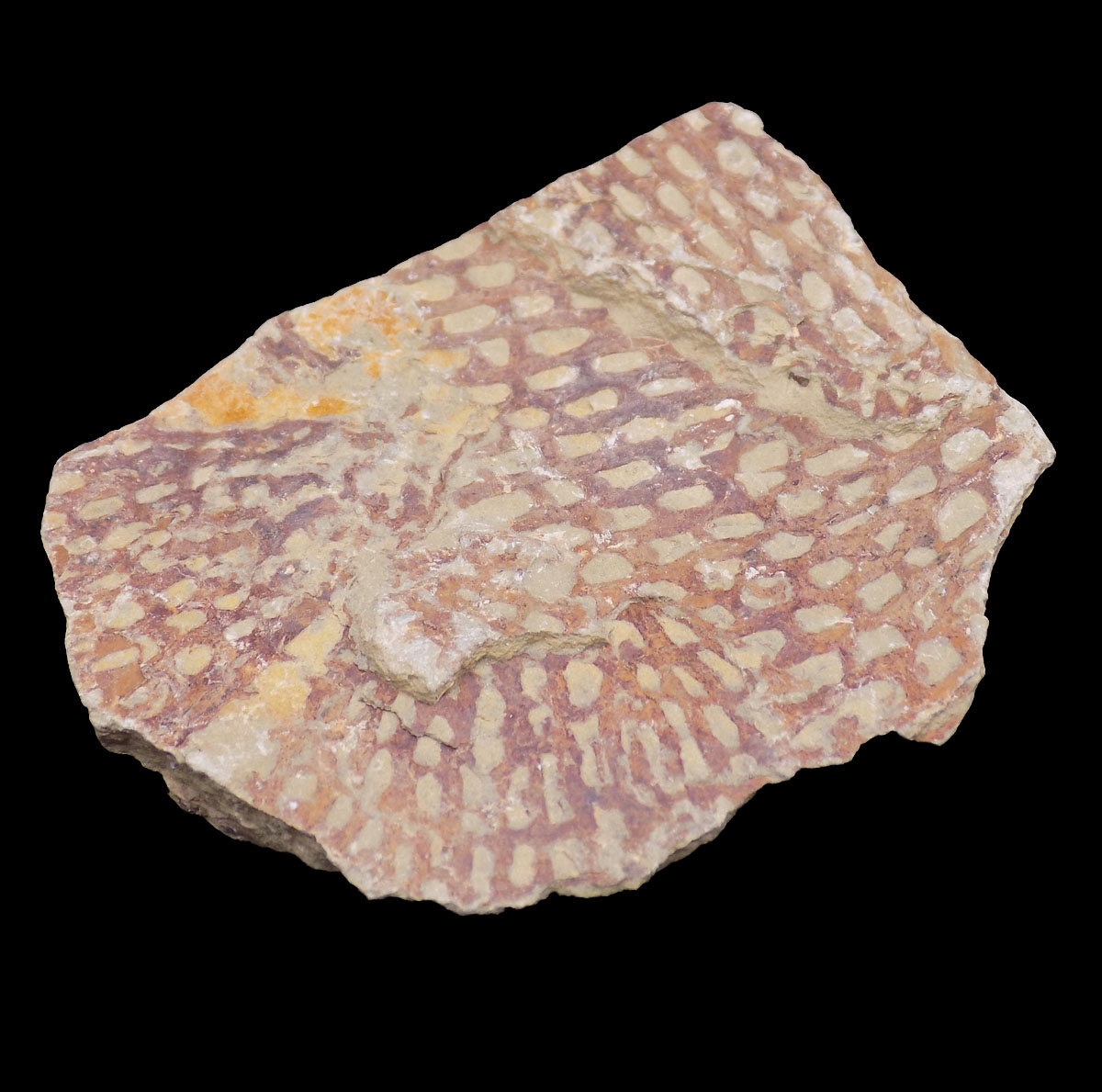- “Bringing The Past, Into the Future”
- +44 (0) 1204 388754

PRODUCTS BY WEIGHT
BOX SETS
PLASTIC DISPLAY PRODUCTS
PRODUCTS BY WEIGHT
BOX SETS
PLASTIC DISPLAY PRODUCTS
Araneograptus murrayi fossil graptolite specimens which exhibit dendritic morphology. The samples are preserved within Fezouata shale deposits of lower Ordovician which is within the Drâa-Tafilalet region of Morocco and show the fan like structure this species had during life. A colonial animal, graptolites likely floated trough the ocean and filter fed, much similar to corals. The abundance of iron in the rock gives the shale and fossils a pale orange colouration. Graptolites themselves are important for geological dating as specific species can be used as zoning fossils to determine the age of strata, as such, these samples are not only suitable for enthusiasts but also educational use. They come supplied in a card tray with an information label.
291 in stock
Diorite rock specimens from Cockermouth, Cumbria, is an intrusive igneous rock from the Ordovician period with a coarse, phaneratic texture composed of plagioclase feldspar, biotite mica as well as hornblende with intermediate chemistry. Found with the Skiddaw group, the rock samples are more suited for serious collectors and higher level education to describe the chemistry and mineralogy of various igneous groups. Available in 3 sizes and supplied in a card tray with an information label.
We also supply Diorite thin sections for microscope study which are available to buy HERE.
73 in stock
Flexycalymene trilobite fossils, (syn: diacalymene) are a well known extinct species which lived during the Ordovician period, 449 to 443 million years ago and were found in Erfoud, Morocco. These samples exhibit quite clear morphological features such as the pygidium, cephalon and thorax as well as the shape and segments as expected. They appear to have a rusty, limonotic colouration which is due to iron oxide staining in the beds the fossils were found in. Available in various sizes and come supplied in a tray with a label.
Ogyginus sp fossil pygidiums from the Llanvirn series during the middle of the Ordovician period, the samples come from mid Wales in the UK and are preserved on a fine grained solid mudstone matrix. The pygidiums (tail) are available and it is believed that this is due to moulting behaviour of the animal in which it anchored its tail to the sea floor to moult its old carapace, during the process. The samples are well preserved and range between 15 t0 20 mm in size and increasingly more difficult to come by. They are ideal for both collectors and enthusiasts but also ideal for educational use to describe the animals behaviour in life, each samples will come supplied in a white card tray with an information label.
Tuff from the Borrowdale Volcanic Group, Ordovician in age, the rock has a green colouration to it and a slate like cleavage, hence sometimes being known as volcanic slate, green slate or Borrowdale slate. Rock specimens are available in 3 optional sizes and will come supplied in a card tray with a label.
We also supply Volcanic Tuff thin sections for microscope study which are available to buy HERE.
65 in stock